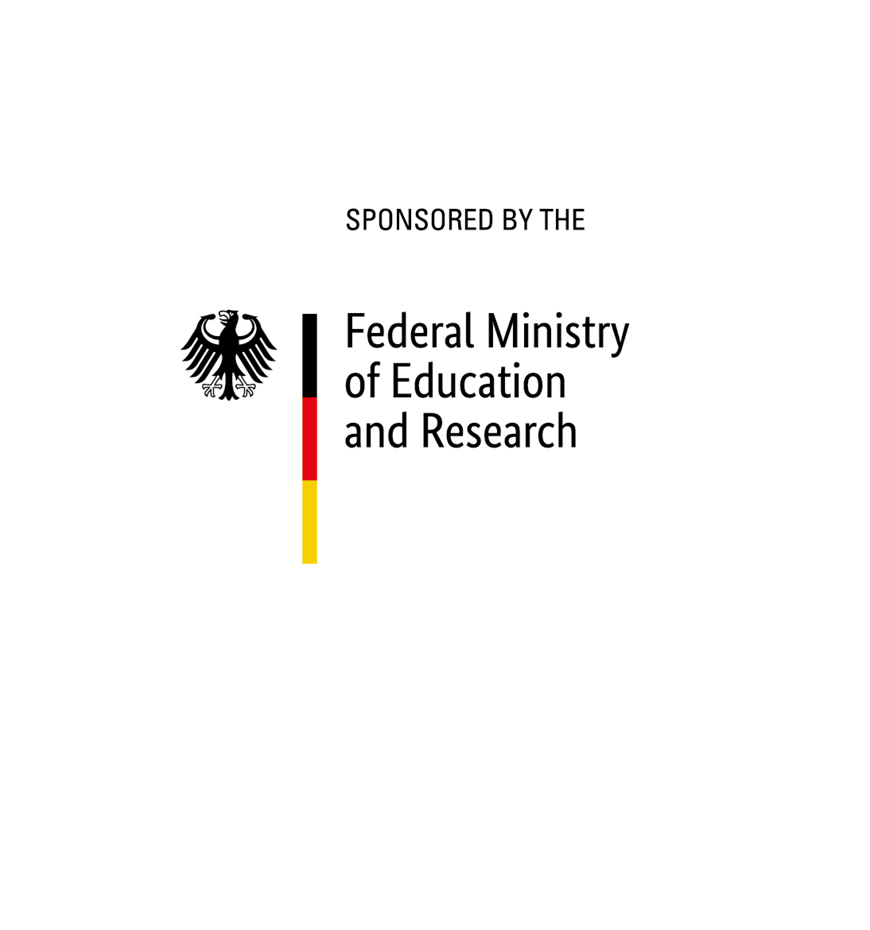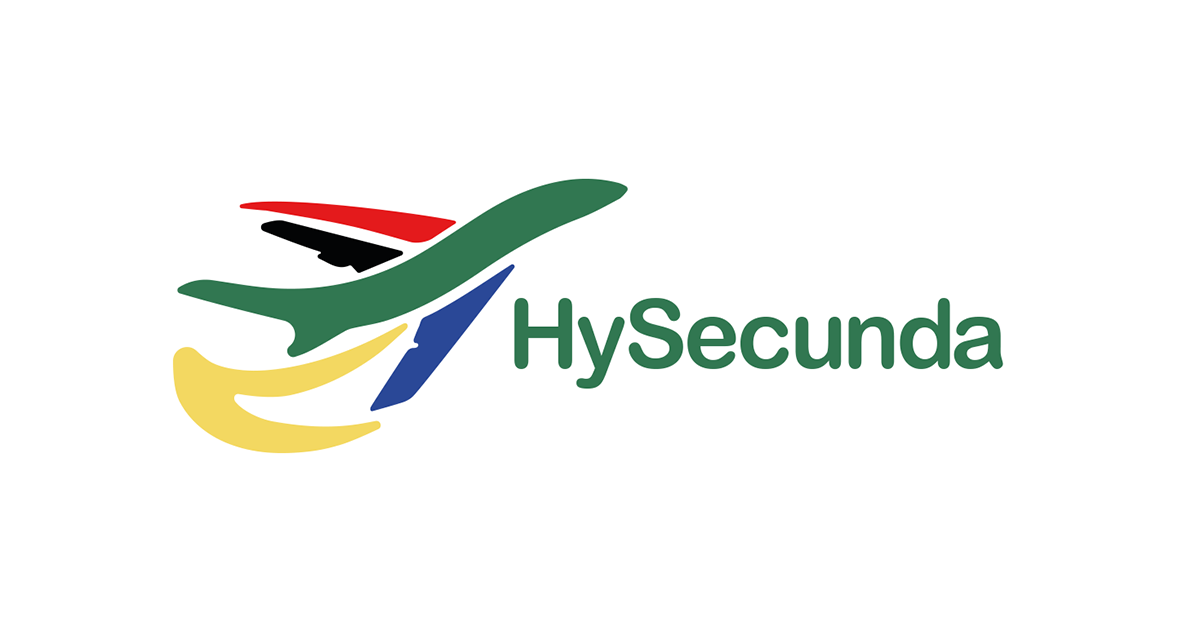Technology development, certification, and capacity building for the international market ramp-up of green hydrogen and its derivatives in the Southern African Development Community (SADC) region taking the HyShiFT project in South Africa as an example
| Funding: | German Federal Ministry of Education and Research (BMBF) |
| Funding amount: | €15,009,939.15 |
| Partners: | Fraunhofer IWES, Fraunhofer IMWS (project coordination), Fraunhofer ISC, Fraunhofer IEE, Fraunhofer IST, Fraunhofer IEG, Fraunhofer IKTS, Fraunhofer ISE, Fraunhofer ISI, Fraunhofer Academy |
| Associated partners: | Linde GmbH, ITM Linde Electrolysis GmbH, SASOL, ENERTRAG SE |
| Duration: | 11/2023 - 10/2026 |
- There is a significant need to import green hydrogen and its derivatives, which are required in Germany for the energy transition. Regions where wind and sun are abundant, as is the case in southern Africa, could become trading partners.
- HySecunda is supporting the HyShiFT lighthouse project, in the first stage of which a 40 MW electrolyzer is to be set up in South Africa and operated for the production of synthetic aviation fuel (SAF). Through the
- joint development and implementation of training and CPD measures for skilled workers,
- development of the sustainability certification, and
- support with the technical challenges,
the Fraunhofer-Gesellschaft is contributing to the development of green hydrogen production capacity in the SACD region with this accompanying research project.
In this way, HySecunda offers the HyShiFT consortium and other hydrogen projects support in implementing concepts for the regional market ramp-up exemplarily, increasing regional value creation, and enabling the export of green hydrogen and derivatives from the SADC region to Germany.
Fraunhofer IWES is working on various topics such as certification concepts for electrolyzers, corrosion minimization, and the development of training and CPD concepts as well as content on the subject of wind energy and hydrogen for future specialists.
The challenge
To achieve climate neutrality, Germany will require large quantities of green hydrogen and its derivatives such as Fischer-Tropsch e-fuel, methanol, and ammonia to replace fossil fuels in industry, the transport sector, or power plants or for material applications. Germany will not be capable of producing the corresponding quantities itself, so it therefore needs countries with greater potential for solar and wind energy as energy sources, such as South Africa and Namibia, as reliable trading partners.
The solution
Projects such as HyShiFT are important for the expansion of trade partnerships with the SADC Member States. In this case, a 40 MW electrolysis plant is being built to produce green hydrogen, which will subsequently be utilized to produce synthetic kerosene in South Africa, with a further increase in production in the following expansion stages. The accompanying research by the ten Fraunhofer institutes in the HySecunda project is supporting the capacity expansion both in the HyShiFT project and at other locations in order to realize the desperately required CO2 savings in Germany.
The aim is to develop practical, scalable technological and capacity solutions in South Africa for the market ramp-up along the entire value chain of green hydrogen and its derivatives for the SADC region, which will lead to a significant reduction in the cost of regional hydrogen production.
To this end, the HySecunda project has defined three focus areas in coordination with the participating industrial partners: “Capacity building”, “Certification & market”, and “Technologies”. On the one hand, the project is addressing the expansion of the necessary capacities in the field of education and CPD in South Africa and the SADC region and the application-oriented basic research for innovative materials and technologies for the production, storage, and transport of hydrogen, and, on the other hand, it is investigating key questions in the field of the certification of green hydrogen and local market development.
Fraunhofer IWES is contributing to all three focus areas. In the “Capacity building” focus area, the participating Fraunhofer institutes are working on the development, internationalization, and adaptation of training content and innovative formats dealing with hydrogen and wind energy for various target groups. They are offering support in the development of certification schemes focusing on system certification and the dynamic operation of electrolyzers and wind turbines. In the “Technologies” focus area, the scientists are working on solutions to minimize corrosion in electrolysis plants.
The added value
HySecunda is supporting HyShiFT as an international lighthouse project for the development of hydrogen partnerships, which can serve as a blueprint for further collaborations. The findings of HySecunda will not only ensure a reliable and more cost-effective supply of green hydrogen for Germany but also enable countries such as South Africa to develop their own future-oriented hydrogen economy. At the same time, the project will aid German companies to establish hydrogen technology “Made in Germany” further around the world.
Further information on the project website: HySecunda - Green Hydrogen Production in South Africa (fraunhofer.de)

